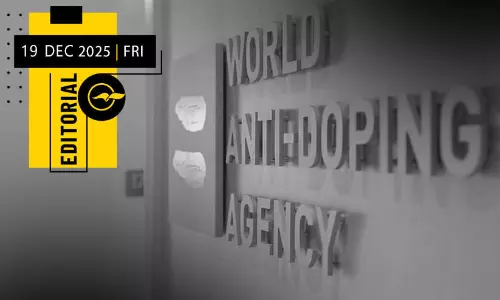
MIT scientists develop one-shot nanoparticle vaccine for polio
text_fieldsNew York: A novel single-shot nanoparticle vaccine developed by MIT researchers could assist efforts to eradicate polio worldwide.
Currently, two to four polio vaccine injections are required to build up immunity, and because of the difficulty in reaching children in remote areas, the disease still prevails.
The novel vaccine delivers multiple doses in just one injection to prevent the paralysis caused by the polio virus.
"Having a one-shot vaccine that can elicit full protection could be very valuable in being able to achieve eradication," said Ana Jaklenec, a research scientist at MIT's Koch Institute for Integrative Cancer Research in Cambridge, US.
"Children in some of these hard-to-reach developing world locations tend to not get the full series of shots necessary for protection. The goal is to ensure that everyone globally is immunized," Jaklenec added, in a paper appearing in the journal Proceedings of the National Academy of Sciences.
To create a single-injection vaccine, the team encapsulated the inactivated polio vaccine in a biodegradable polymer known as PLGA.
This polymer can be designed to degrade after a certain period of time, allowing the researchers to control when the vaccine is released.
The researchers designed particles that would deliver an initial burst at the time of injection, followed by a second release about 25 days later.
They injected the particles into rats, and found that the blood samples from rats immunised with the single-injection particle vaccine had an antibody response against polio virus just as strong as, or stronger than, antibodies from rats that received two injections of Salk polio vaccine -- the first polio vaccine, developed in the 1950s.
Furthermore, the researchers said that they could design vaccines that deliver more than two doses, each a month apart and hope to soon be able to test the vaccines in clinical trials.
They are also working to apply this approach to create stable, single-injection vaccines for other viruses such as Ebola and HIV.






















